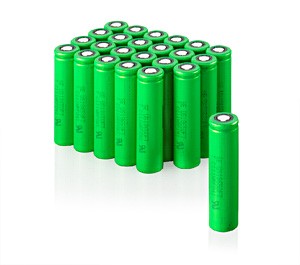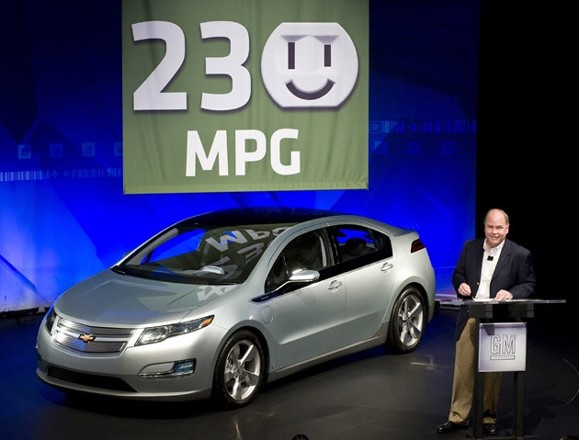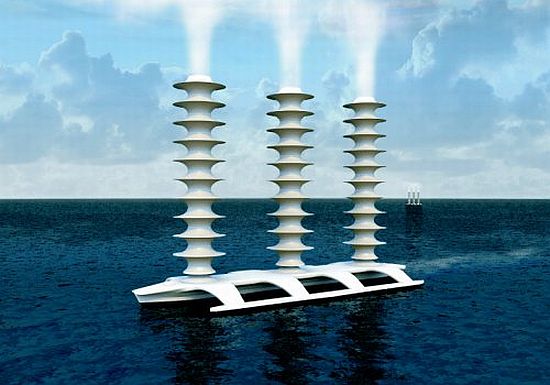Thursday, August 13, 2009, 05:40 PM
Posted by Administrator
Posted by Administrator

A Colorado developer, Alpine Energy Group, plans to spend $440 million to build 49 MW of waste-to-energy capacity on St. Croix and St. Thomas that could eventually lead to the closure of landfills.
Alpine plans to begin construction in May 2010 in St. Thomas and St. Croix, with expected completion in the fourth quarter of 2012. The 33-megawatt plant in Long Point, St. Thomas, is expected to serve residents of that island as well as St. John. St. Croix is expected to have a dedicated 16-MW plant in the Anguilla area near the Krause Lagoon.
Follow the related link below for the full article.




 Calendar
Calendar




